
Histories Intertwined
One University, Endless Possibilities
With over 370 years of combined academic success, growth and service to students, Saint Joseph’s University and the University of the Sciences have built incredible legacies, with so many stories yet to be told. As we welcome this new era of Saint Joseph’s, we look back on the events and people who paved the way for the next generation of leaders.
By Victor Filoromo
June 2022
Timeline Key

1800-1850
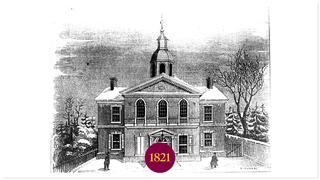
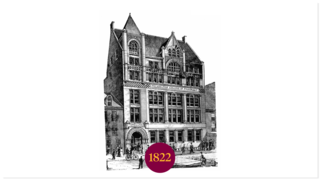
1821
A group of 68 apothecaries meet at Carpenters’ Hall in Philadelphia to “advance the character and forward the interest of the profession,” establishing the Philadelphia College of Apothecaries.
1822
Philadelphia College of Apothecaries is incorporated as the Philadelphia College of Pharmacy. It is the first college of pharmacy in North America.
1850-1900
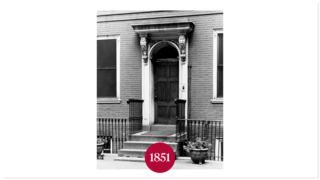
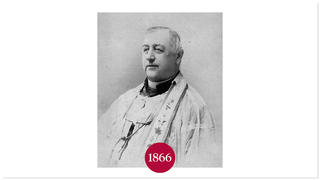
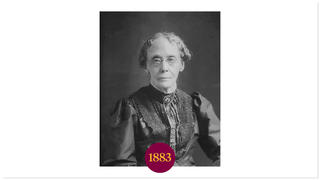
1851
Saint Joseph’s College opens its doors on Sept. 15, 1851. Thirty-six young men are assigned to classes in a building adjacent to Old St. Joseph’s Church in Philadelphia following High Mass.
1866
With a full block purchased on Girard Avenue between 17th and 18th Streets in Philadelphia, Saint Joseph’s College moves to a new site. Two years later, Burchard Villiger, S.J., becomes president.
1883
Susan Hayhurst becomes the first woman to graduate from the Philadelphia College of Pharmacy. She is awarded a graduate degree in pharmacy.
1900-1950
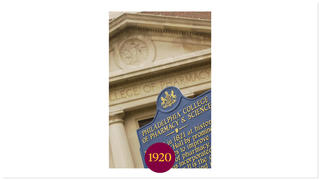
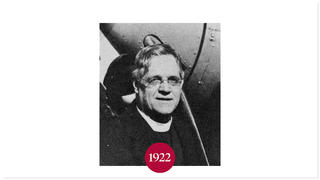
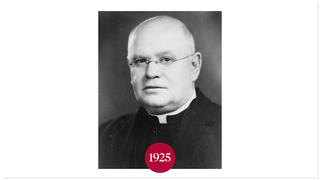


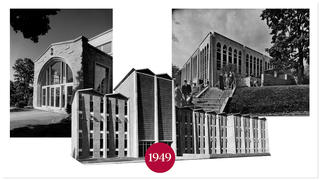
1920
Through a charter amendment, Philadelphia College of Pharmacy becomes the Philadelphia College of Pharmacy and Science. Baccalaureate programs in biology, bacteriology and chemistry enhance its offerings.
1922
Matthew Fortier, S.J., organizes an aggressive $1 million campaign to expand Saint Joseph’s College. The college purchases 23 acres of land on the western edge of Philadelphia.
1925
Under the direction of Clarence E. Shaffrey, S.J., physician and chair of the biology department from 1925-47, Saint Joseph’s pre-medical program becomes one of the best in the Philadelphia region.
1928
The Philadelphia College of Pharmacy and Science relocates to its new (and current) home, 43rd St. and Woodland Avenue in West Philadelphia.
1929
The generosity of Eli Lilly (Class of 1907) helps ensure the college’s survival during the Great Depression. Future success is secured when the Lilly estate provides the largest gift in the college’s history ($22.5 million, which has a current market value of $36.6 million).
1949
Over the next decade and a half, numerous buildings are added to campus, including the Alumni Memorial Fieldhouse (1949, now Hagan Arena), Bellarmine Hall (1960, center), Campion Student Center (1961, left), Drexel Library (1963, right) and the Villiger classroom building (1964, now Post Hall).
1950-2000
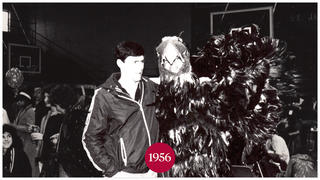
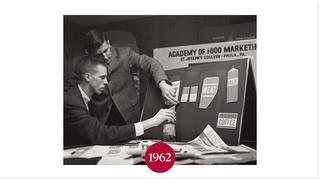
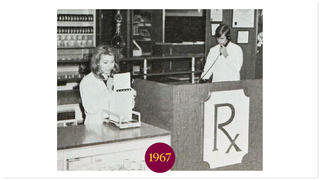
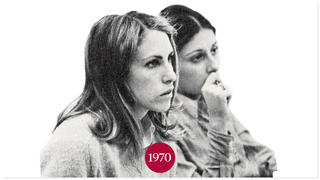
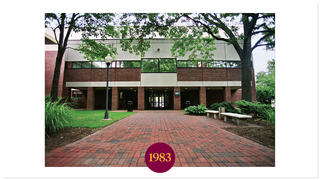
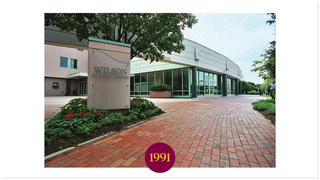
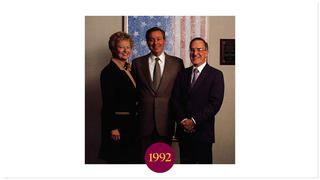

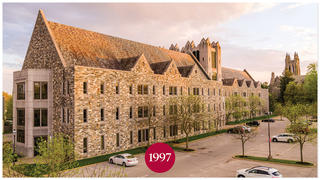
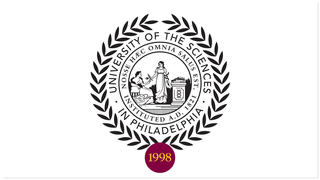
1956
Jim Brennan ’58 creates and debuts the Hawk mascot using a $120 student government grant. Six years later, “The Hawk Will Never Die” originates as a rebuke during a nail-biting basketball game against Villanova in which Wildcat fans begin to chant “The Hawk is dead.”
1962
Executive Director James J. O’Connor founds the nation’s first Academy of Food Marketing at Saint Joseph’s. Years later, professors Joseph DeFrates, PhD, and Morris C. Matt, DSc, Philadelphia College of Pharmacy and Science alumnus, develop a powdered milk tolerable to lactose intolerant individuals.
1967
The Doctor of Pharmacy program, one of the earliest such programs on the East Coast, is introduced.
1970
The fall semester brings major changes to campus, with the College opening its doors to women as full-time students for the first time.
1983
With a lead gift of $2 million from the Pew Charitable Trusts, nearly $6 million is raised toward the construction of the new Pharmacology/Toxicology Center.
1991
The Wilson Student Center opens, providing an honors residence for upper class students, along with new dining facilities; conference rooms; and recreation, music and computer rooms.
1992
Leonard Abramson ’60, a benefactor and board of trustees member, presents a gift that creates the institution’s first fully endowed faculty chair, the Leonard and Madlyn Abramson Professorship in Pharmacology.
1995
The college’s museum is officially named the Marvin Samson Center for the History of Pharmacy in honor of the vice chairman of the board of trustees and a major benefactor for the institution.
1997
The College of Business and Administration is renamed the Erivan K. Haub School of Business in honor of the generous benefactor and former Saint Joseph’s trustee. A year later, Mandeville Hall is built and becomes home to its undergraduate and graduate programs.
1998
The institution acquires university status, officially designating itself as the University of the Sciences in Philadelphia, later shortened to the University of the Sciences, or USciences, in 2010.
2000-2010
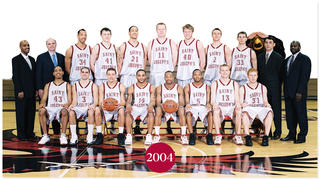
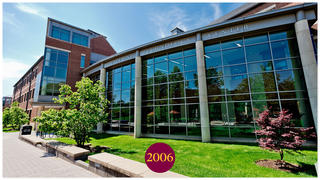

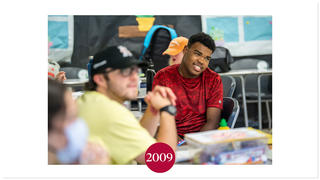
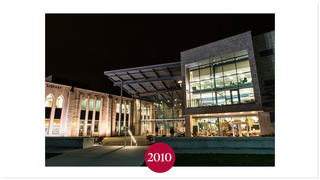
2004
The men’s basketball team goes undefeated in the regular season (27-0) in its 2003-2004 campaign, advancing to the NCAA’s Elite Eight.
2006
The McNeil Science and Technology Center (STC) is dedicated to Robert J. McNeil Jr. ’38, former University professor and CEO of McNeil Laboratories.
2008
The acquisition of the 38-acre Episcopal Academy in Merion sparks the largest expansion since the move to City Avenue; it is renamed the James J. Maguire ’58 Campus.
2009
The Kinney Center for Autism Education and Support opens with the goal of educating and training autism professionals while supporting individuals and families affected by autism spectrum disorder.
2010
Ground breaks on the John R. Post ’60 Academic Center and the John and Maryanne Hennings Post Learning Commons. The project brings new, collaborative learning environments, with a three-story addition to the Drexel Library.
2010-2020
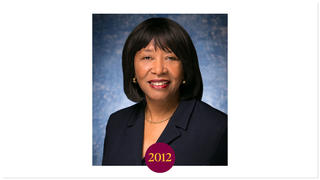


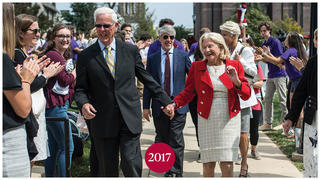

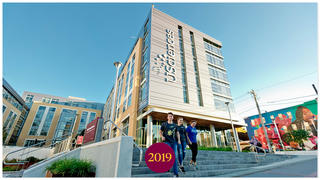

2012
Helen Giles-Gee, PhD, is named the first Black and first female president of USciences. Giles-Gee makes significant upgrades to operations while establishing new accredited academic programs.
2014
The Integrated Professional Education Complex (IPEX) opens. The 57,000-square-foot building showcases an interprofessional education model, allowing students to experience mock exam rooms, simulation labs and clinical spaces.
2015
Mark C. Reed, EdD, is elected as the University’s 28th president, becoming the first lay president in the University’s storied history. This same year, Pope Francis makes a surprise trip to Hawk Hill, blessing the Synagoga and Ecclesia in Our Time sculpture and greeting community members.
2017
In July, the University announces the receipt of a $50 million gift from James J. Maguire ’58 and his wife, Frances: the single largest gift in the University’s history.
2018
The Barnes Foundation and Saint Joseph’s embark on a longterm partnership, expanding opportunities for both students and the surrounding community to engage in the horticulture education program and fine arts programming. This includes operation and management of the 12-acre Barnes Arboretum at Saint Joseph’s and reimagined Frances M. Maguire Art Museum.
2019
With the completion of the Living and Learning Commons, the University expands its footprint and provides new state-of-the-art living facilities to residential students.
2019
The University opens the School of Health Studies and Education, bringing together more than 40 programs in the in-demand areas of health and education. Today, the school has expanded into two entities: the School of Health Professions and the School of Education and Human Development.
June 1, 2022
The merger with USciences is complete. Today, the combined institution features more than 100,000 students, faculty, staff and alumni.